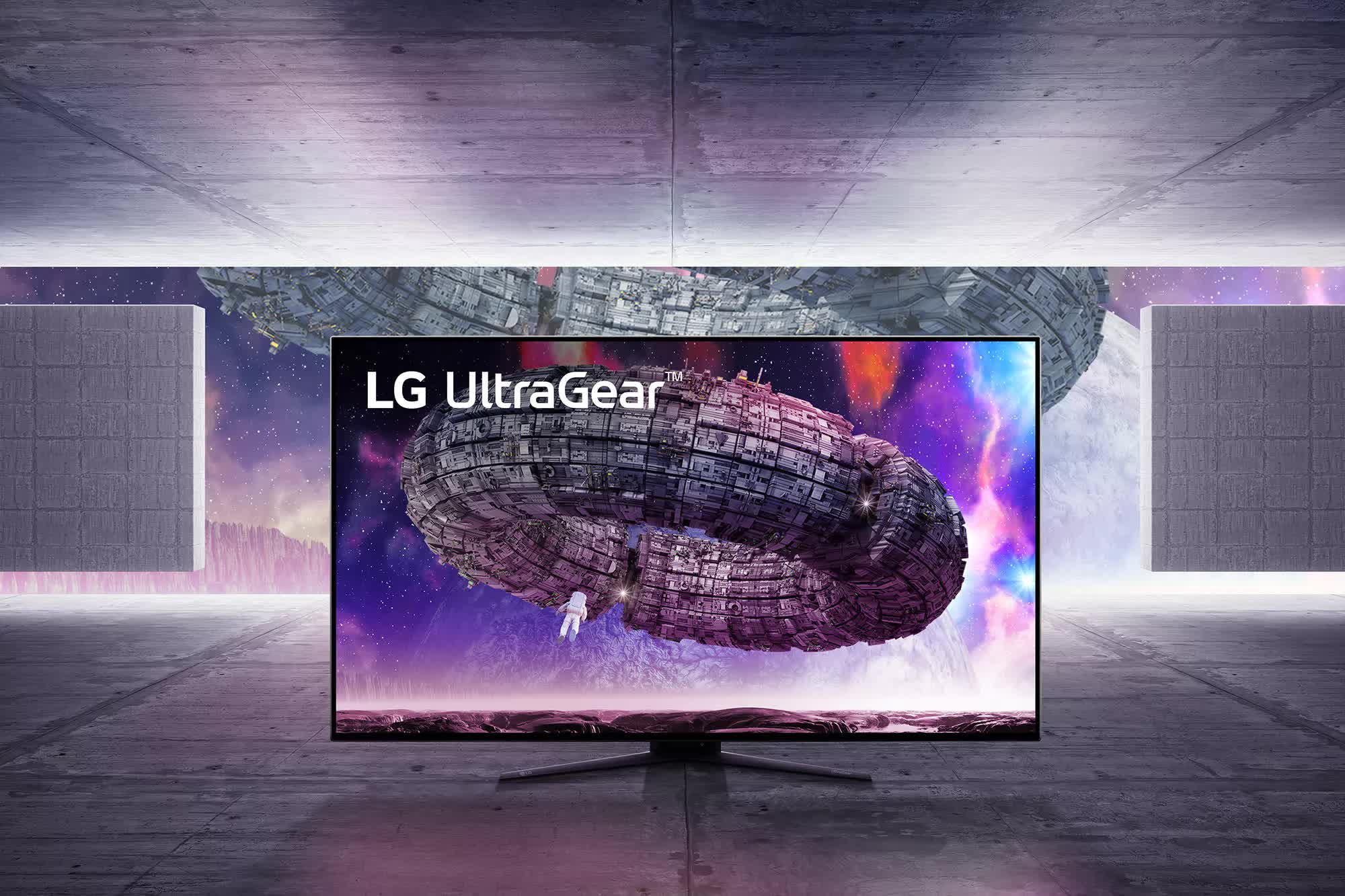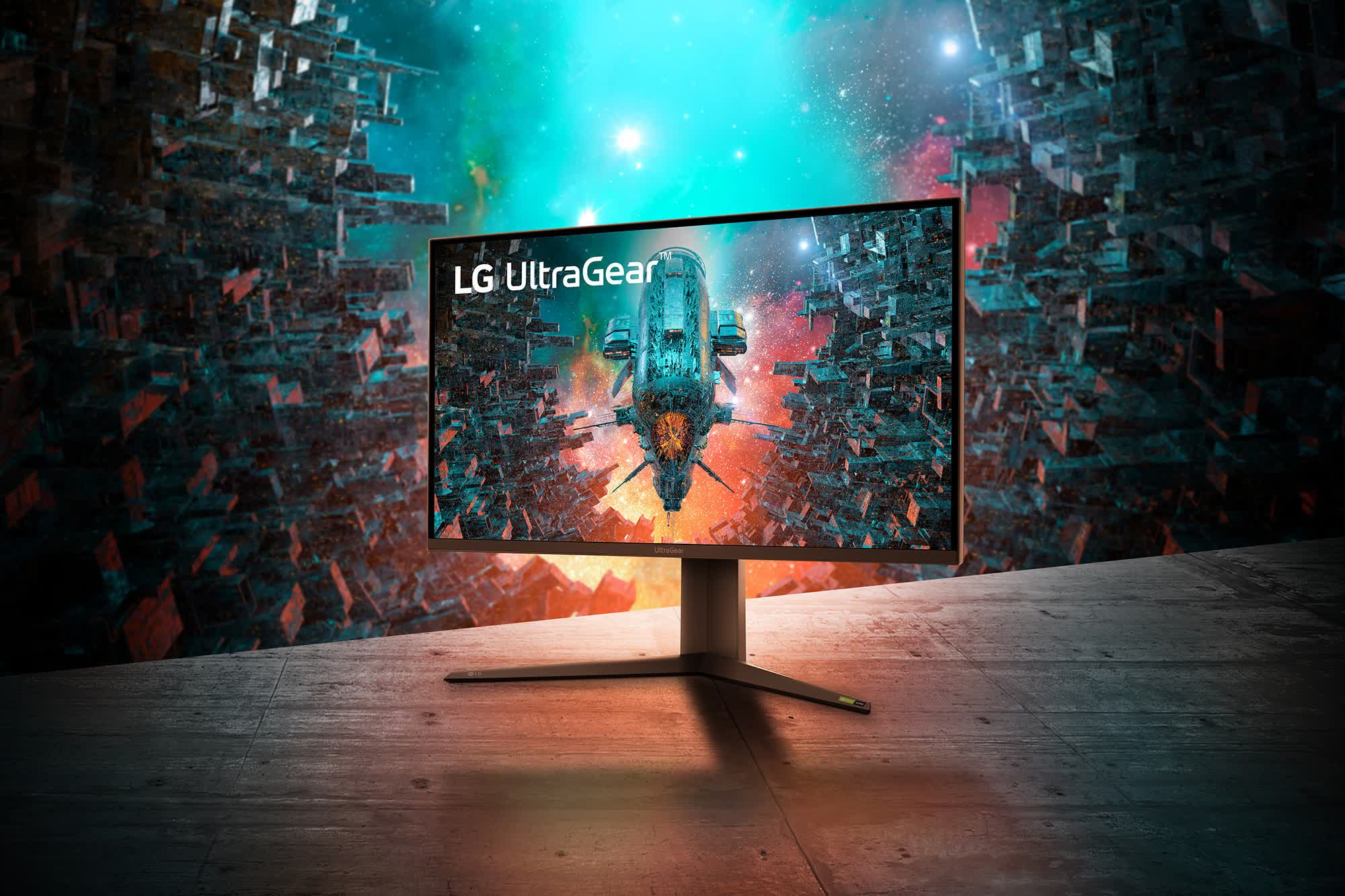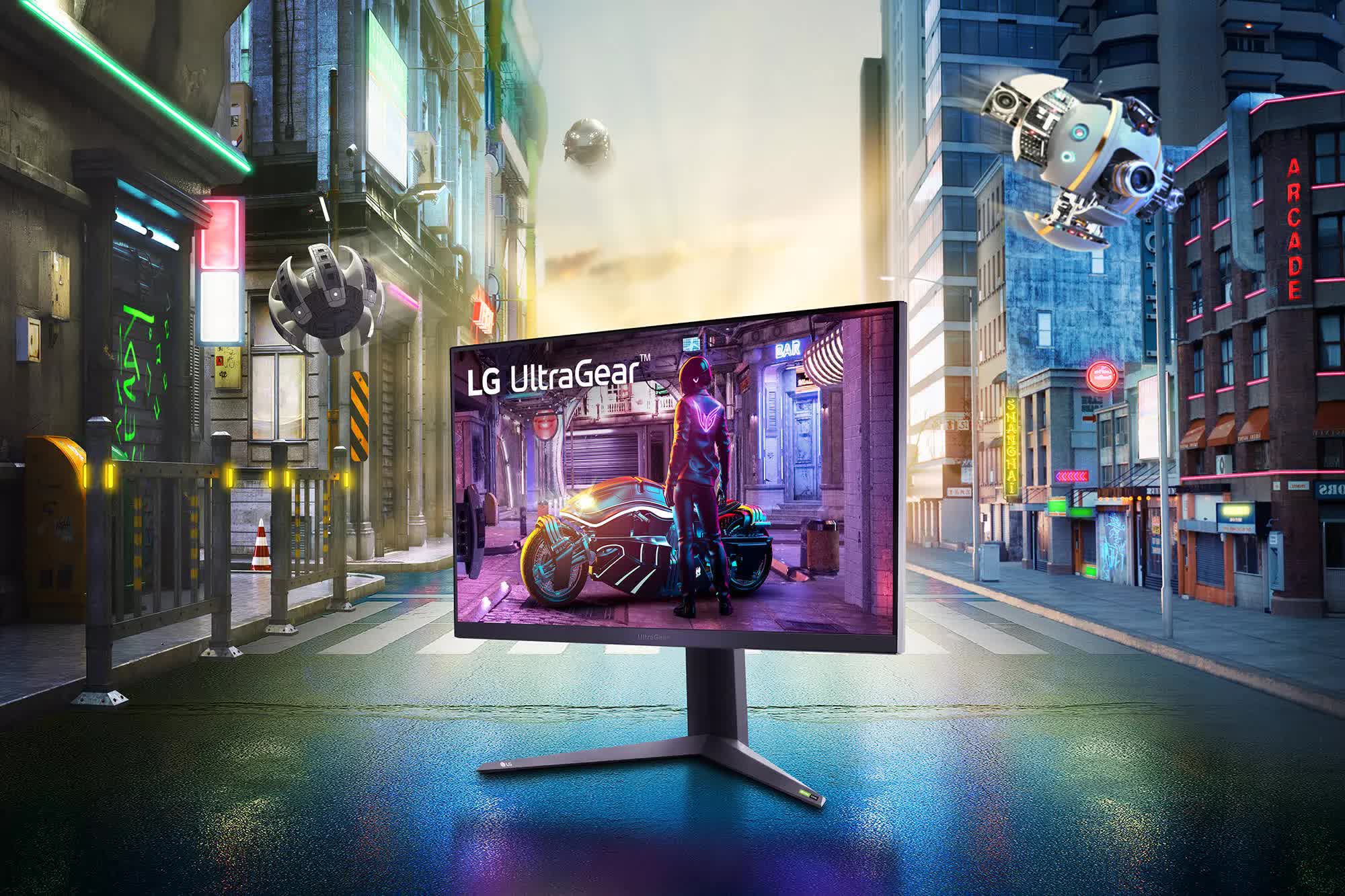Editor's take: Hopefully, we're going to start seeing OLED monitors with smaller screen sizes as well soon, as not everyone has enough space for a 48-inch display on their desk. The only smaller options right now are LG's 42-inch LG C2 TV and Alienware's AW3423DW, which features an ultrawide aspect ratio.

LG has just announced a trio of gaming displays, including their first OLED gaming monitor. The 48GQ900 is a 47.5-inch OLED display with a 4K resolution that ships with a 120 Hz refresh rate but can be overclocked in the OSD up to 138 Hz. It's also advertised to feature 0.1ms G2G response times and is FreeSync and G-Sync compatible.

The monitor is almost certainly sharing the same panel LG's been using in their TVs for a few years now. The main difference, apart from the overclockable refresh rate, seems to be the connectivity. It features a DisplayPort connector (something most TVs lack), three HDMI 2.1, two USB ports, and a 3.5mm headphone jack.
Also new from LG is the 32GQ950, a 31.5-inch 4K Nano IPS panel. Its refresh rate is overclockable up to 160 Hz, and it is VESA DisplayHDR 1000 certified. Connectivity consists of one DisplayPort (no mention of what version), two HDMI 2.1, two USB ports, and a headphone jack.

The last monitor shown off today is the 32GQ850. It's a 31.5-inch display with a 2,560 x 1,440 Nano IPS panel that can be overclocked up to 260 Hz. It's also VESA DisplayHDR 600 and AdaptiveSync certified, and connectivity is identical to the 32GQ950.
Unfortunately, LG didn't announce pricing for these monitors, but they'll be available in Japan starting this month with other countries following after.
https://www.techspot.com/news/94714-lg-unveils-three-gaming-monitors-including-48-inch.html